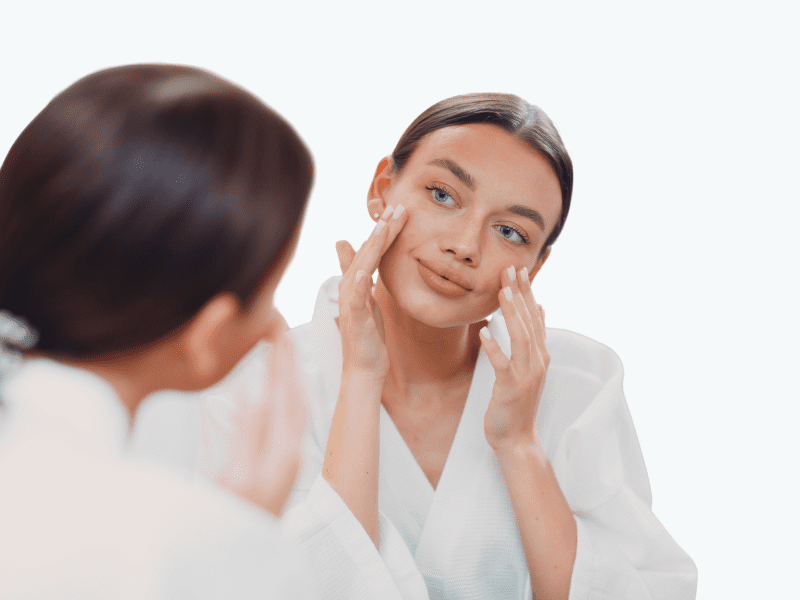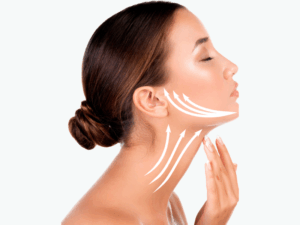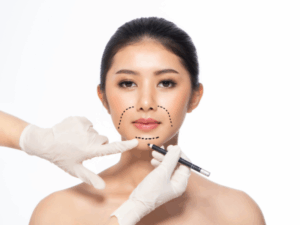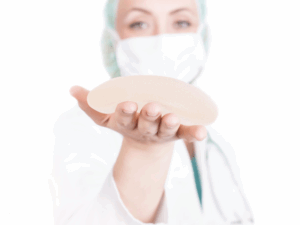BREAST LIFT
Understanding the Role of Facial Muscles in Facelift Surgery

Have you ever wished for a younger appearance? Do you feel embarrassed with your aged skin tone? Ageing is natural, but thanks to huge advancements in cosmetic surgery, you don’t have to lose self-confidence with sagging skin.
A facelift surgery, or rhytidectomy, is designed to address these concerns by tightening the underlying tissues and facial muscles and removing excess skin. Erase your wrinkles and get back glowing skin with a youthful appearance.
In this blog, we dive into the role of facial muscles in facelift surgery and how they impact the overall outcome of the procedure.
What are Facial Muscles?
Facial muscles play a crucial role in facial expressions and overall facial appearance. Facelift surgery can lift and tighten areas affected by ageing by addressing the structural changes in facial muscles. A skilled plastic surgeon carefully manipulates these muscles to achieve a more youthful and rejuvenated look.
The facial muscles’ anatomy
The location of muscles generally categorises the facial muscles’ anatomy.
- Nasal muscles around the nose
- Buccolabial muscles in and around the mouth
- Auricular muscles around the ears
- Epicranial muscles around the skull, forehead, and neck.
- Orbital muscles around the eyes.
Facial Muscles and their Functions
The muscles of facial expression targeted during a facelift:
- Platysma Muscle: This large, sheet-like muscle extends from the collarbone to the jawline. Tightening the platysma can help to reduce sagging in the neck and jawline.
- Zygomaticus Major and Minor: These are muscles of facial expression responsible for smiling. By repositioning these muscles, a surgeon can lift the corners of the mouth and create a more youthful smile.
- Orbicularis Oculi: This muscle surrounds the eye and controls eyelid movement. Tightening the orbicularis oculi can help to reduce the appearance of crow’s feet and other periorbital wrinkles.
The Importance of Facial Muscles in Facelift surgery
Facelift surgery is an effective cosmetic procedure for refreshing your face structure and restoring a youthful appearance. The key to achieving optimal results is a deep understanding of facial muscles and their functions and how they interact with the skin, connective tissue, and fat layers. Dr Faisal Salim is a certified plastic surgeon in Dubai, delivering personalised facelift results that look natural and last for years.
Facial Muscles and effective Facelift Techniques
There are various facelift techniques, and the most successful ones account for the role of facial muscles. Dr. Faisal Salim specialises in,
SMAS Facelift
The Superficial Musculoaponeurotic System (SMAS) facelift targets facial muscles and the skin. The procedure tightens and lifts the SMAS layer and the skin, providing a youthful appearance with long-lasting results. It is suggested for people with loose necks, ageing signs, deep wrinkles, and sagging jowls.
Deep Plane Facelift
As the name indicates, a deep-plane facelift goes deeper into the layers of facial tissues and addresses the sagging skin. The surgeon dissects deeper in a deep plane facelift, separating the SMAS layer from the facial muscles and connective tissues. These tissues are lifted and repositioned to provide a youthful position. The results are long-lasting, with fewer incisions and a natural glow.
How does a surgeon work on your facial muscles during a facelift?
- Muscle Tightening: The surgeon tightens loose facial muscles, particularly those in the lower face and neck, to restore a youthful contour.
- Muscle Repositioning: In some cases, muscles may be repositioned to improve facial balance and harmony.
- Muscle Release: Sometimes, specific muscles may be released to reduce the appearance of inevitable wrinkles or lines.
Recovery & Results after Facial Muscles Facelift Surgery
Recovery depends on the technique and the extent of muscle adjustment. Usually, people experience swelling and bruising, but it subsides within weeks. Listen to Dr Faisal’s post-operative instructions and ensure smoother recovery with proper healing of your facial muscles. The results vary depending on skin type, age and extent of ageing.
Any surgery has few expected complications; a facelift has few risks, such as infection, bleeding, and nerve damage. However, choosing a board-certified plastic surgeon like Dr Faisal will help minimise the risk and ensure long-lasting results.
Ever-glowing youthful transformation with Dr Faisal Salim - Get Started Now
After understanding the importance of facial muscles in facelift surgery, finding the best plastic surgeon will aid you in the decision-making process. Dr Faisal Salim is a board-certified plastic surgeon in Dubai with unmatched expertise in performing safe and effective cosmetic procedures.
He evaluates your facial muscle structure, ageing pattern, overall health, and skin quality to identify the best facelift technique that enhances your natural glow. After a detailed consultation, he follows a personalised approach to achieve the best results.
Explore how Dr. Faisal Salim’s facial muscle-based facelift surgery approach can enhance your appearance with natural-looking results. Schedule a consultation today!
FAQs
Facial paralysis causes weakness in the muscles of one or both sides of the face. It restricts daily activities such as eating, smiling, or frowning. It can occur due to stroke, Bell’s palsy, brain tumour, infection, or trauma
Asymmetric facelift restores facial symmetry in people who have facial paralysis.
An asymmetric facelift tightens the sagged skin and improves the position of eyelids and eyebrows.
Yes, facial workouts significantly restore muscle tone and strength. The exercises target specific areas, such as sagging jowls and drooping eyelids, to improve overall appearance.
- Stay hydrated by drinking plenty of water.
- Protect your skin from sun damage
- Get enough rest and sleep because your body needs time to heal
Patient Testimonials





